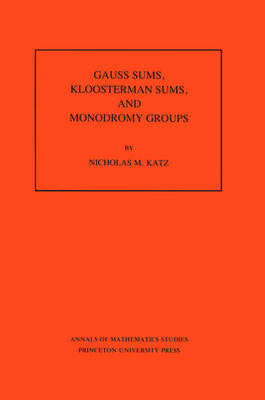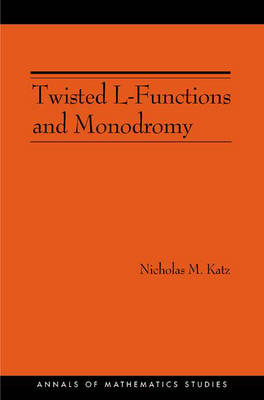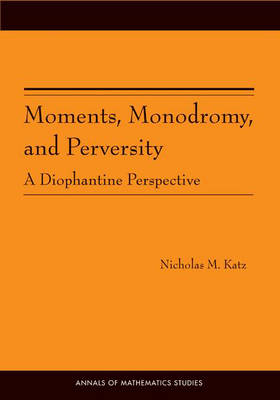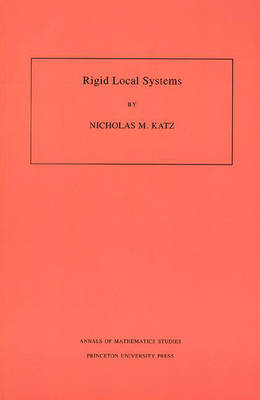Annals of Mathematics Studies
4 primary works • 5 total works
Book 116
Gauss Sums, Kloosterman Sums, and Monodromy Groups. (AM-116)
by Nicholas M. Katz
Book 150
Twisted L-Functions and Monodromy. (AM-150), Volume 150
by Nicholas M. Katz
For hundreds of years, the study of elliptic curves has played a central role in mathematics. The past century in particular has seen huge progress in this study, from Mordell's theorem in 1922 to the work of Wiles and Taylor-Wiles in 1994. Nonetheless, there remain many fundamental questions where we do not even know what sort of answers to expect. This book explores two of them: What is the average rank of elliptic curves, and how does the rank vary in various kinds of families of elliptic curves?
Nicholas Katz answers these questions for families of ''big'' twists of elliptic curves in the function field case (with a growing constant field). The monodromy-theoretic methods he develops turn out to apply, still in the function field case, equally well to families of big twists of objects of all sorts, not just to elliptic curves.
The leisurely, lucid introduction gives the reader a clear picture of what is known and what is unknown at present, and situates the problems solved in this book within the broader context of the overall study of elliptic curves. The book's technical core makes use of, and explains, various advanced topics ranging from recent results in finite group theory to the machinery of l-adic cohomology and monodromy. Twisted L-Functions and Monodromy is essential reading for anyone interested in number theory and algebraic geometry.
Book 159
The first is the theory of perverse sheaves, pioneered by Goresky and MacPherson in the topological setting and then brilliantly transposed to algebraic geometry by Beilinson, Bernstein, Deligne, and Gabber. The second is Larsen's Alternative, which very nearly characterizes classical groups by their fourth moments. These new techniques, which are of great interest in their own right, are first developed and then used to calculate the geometric monodromy groups attached to some quite specific universal families of (L-functions attached to) character sums over finite fields.
Book 180
Riemann introduced the concept of a "local system" on P1-{a finite set of points} nearly 140 years ago. His idea was to study nth order linear differential equations by studying the rank n local systems (of local holomorphic solutions) to which they gave rise. His first application was to study the classical Gauss hypergeometric function, which he did by studying rank-two local systems on P1- {0,1,infinity}. His investigation was successful, largely because any such (irreducible) local system is rigid in the sense that it is globally determined as soon as one knows separately each of its local monodromies. It became clear that luck played a role in Riemann's success: most local systems are not rigid. Yet many classical functions are solutions of differential equations whose local systems are rigid, including both of the standard nth order generalizations of the hypergeometric function, n
F
n-1's, and the Pochhammer hypergeometric functions.
This book is devoted to constructing all (irreducible) rigid local systems on P1-{a finite set of points} and recognizing which collections of independently given local monodromies arise as the local monodromies of irreducible rigid local systems.
Although the problems addressed here go back to Riemann, and seem to be problems in complex analysis, their solutions depend essentially on a great deal of very recent arithmetic algebraic geometry, including Grothendieck's etale cohomology theory, Deligne's proof of his far-reaching generalization of the original Weil Conjectures, the theory of perverse sheaves, and Laumon's work on the l-adic Fourier Transform.




